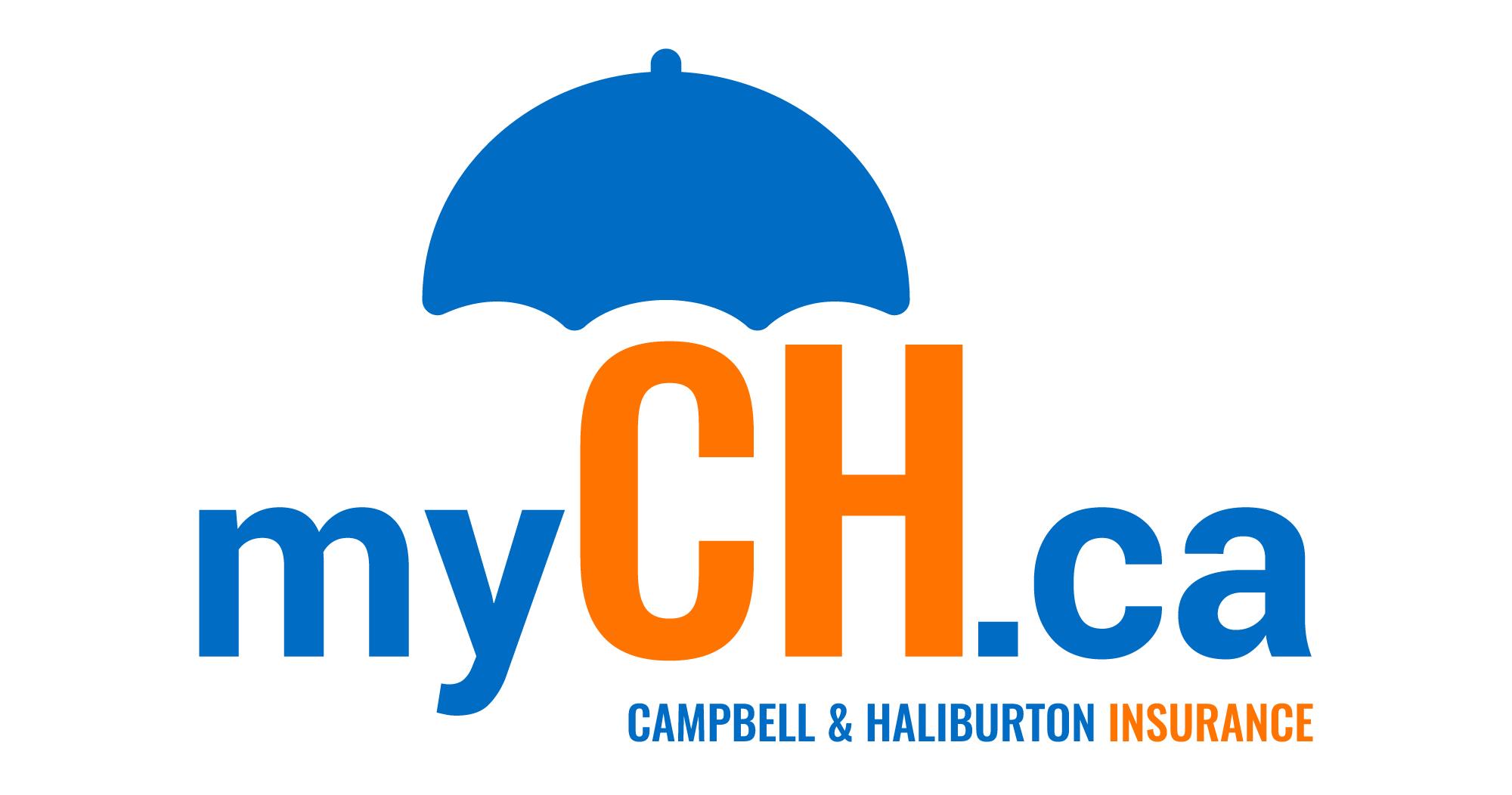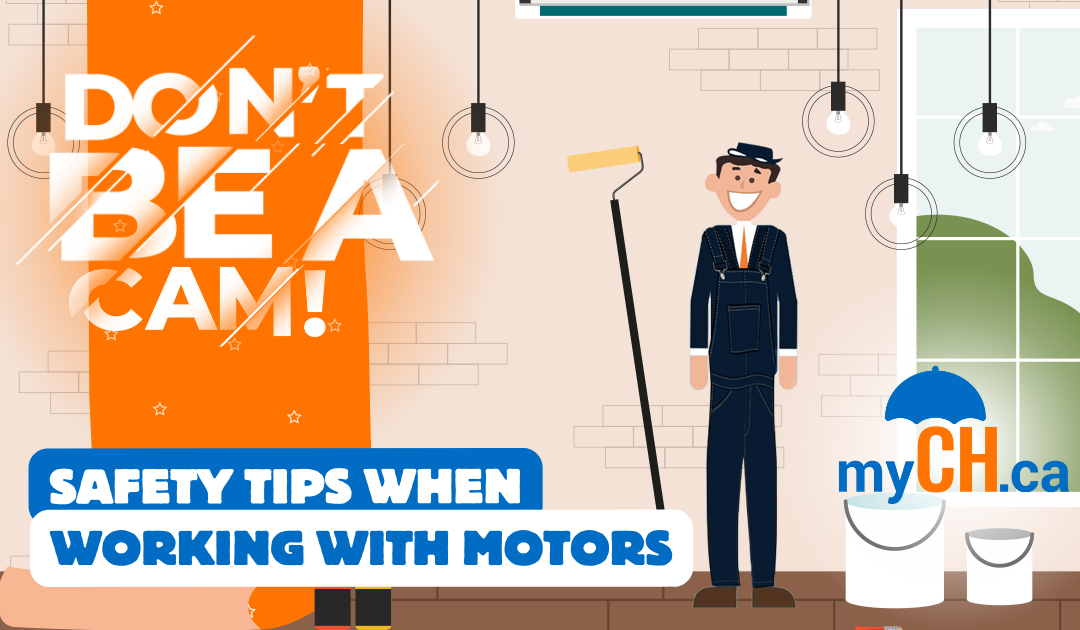Hello, dear readers! In the latest Cam blog, we found that motors shouldn’t be used to put up wallpaper. After starting a fire and destroying his wallpaper, Cam learned a hard lesson: not all DIY solutions are good ones. Therefore, we decided that we should learn from Cam’s mistakes. What better way than to discuss some important safety tips when working with motors!
Working with Motors
What Are The Risks?
Moving parts, electric shock, burns, and other potential hazards are risks associated with working on any motor. It’s essential to read all technical specifications, feature sheets, and manufacturer manuals. This will establish all appropriate safety procedures. Train yourself within the workplace or at home by reviewing start-up, shutdown, emergency stop procedures, and first-aid.
Safety Tips
Working on motors is best left to trained personnel due to the potential hazards. However, if you decide to do so, the myCH.ca team recommends these following tips:
Check Motor Conditions Before Installation
Before installing a small motor, inspect it thoroughly for any damage. Any issues should be reported to the manufacturer.
Compatibility Check
Ensure that the motor is appropriate for the purpose. Make sure the voltage and connections match the power supply.
Personal Safety Preparation
Demonstrate caution tying back long hair and removing any rings, watches, bracelets, or loose clothing before beginning work.
Always Gear Up
Wear appropriate safety gear.
Be Cautious Around Moving Parts
Be aware of all moving parts and use caution around engine fans.
Avoid Touching Hot Motors
Avoid touching the motor as it can become hot with use.
Securely Install the Motor
The motor must be securely mounted.
Clear Labelling
Ensure the main power switch is clearly labelled.
Always Ensure Motor Shutdown
If the power goes out, ensure that the motor is turned off so it doesn’t start unexpectedly when the power returns.


